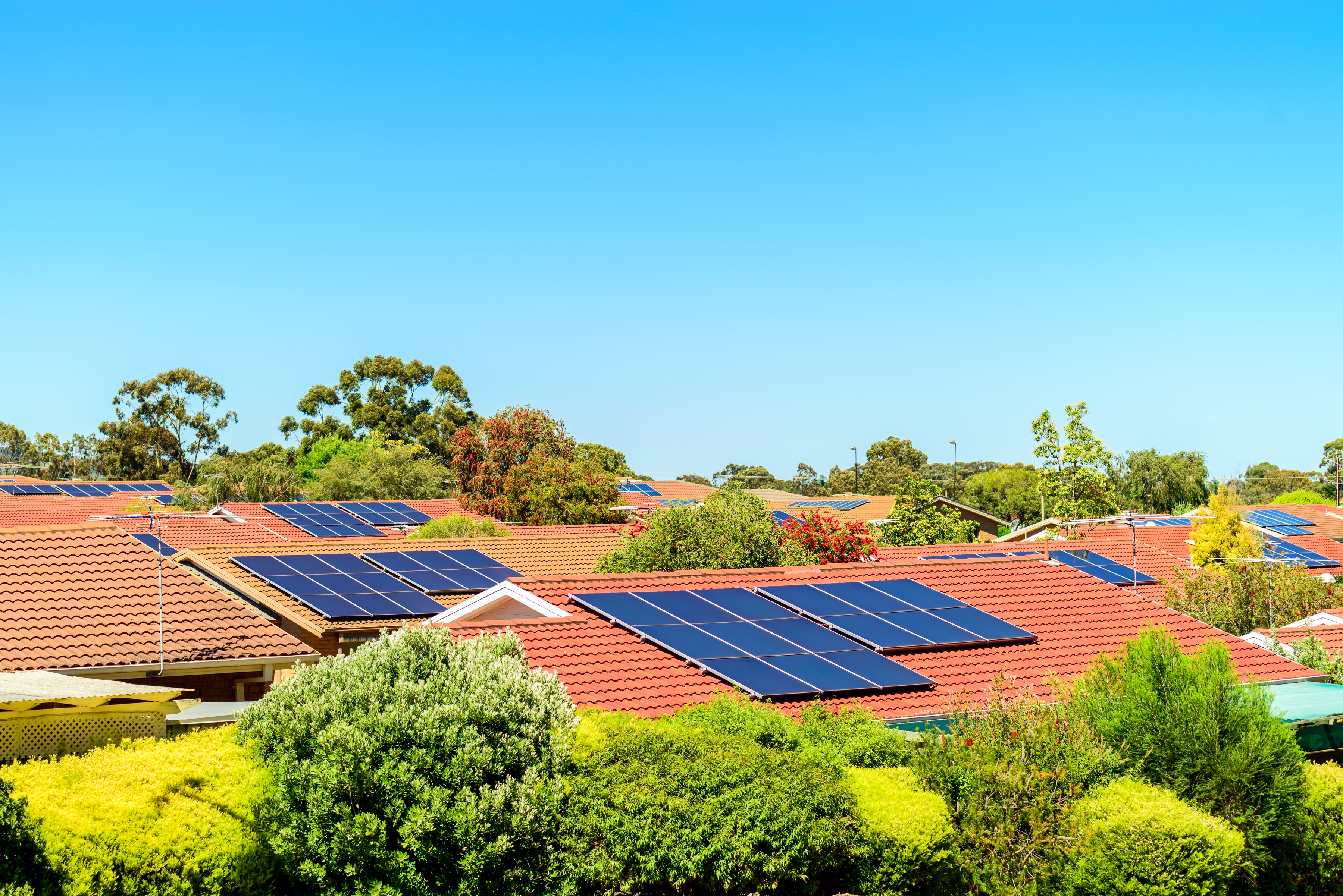
The Easy Way to Help Consumers Maximize Solar Savings
Want to help your customers get the most out of their solar system? Use the Distance Score to quickly identify how and when kWh usage to maximize utility bill savings. The Distance Score enables solar companies to provide house-level coaching to improve solar system benefits, creating a win for the solar customer, a higher solar system value and lower risk to financing partners.
The Distance Score is a simple, accurate number that shows how the home’s distance from that maximum savings. The Distance Score integrates utility rate schedules, financing terms, solar production, and electricity usage, and incorporates all the rate details over the utility billing cycle. Using a customer’s recent history of usage, the metric summarizes past behavior and can be used to coach new behaviors.
For example, Distance Score is used to create this message:
“Hey Joe, Last June you used 1140 kWh with PG&E. Reduce your usage this June by 12% (140 kWh) to save an additional $25 from your solar system. Here are some great tips.” *
Crunch the numbers behind the scenes, and use the results for personalized messaging.
Q. How is the advice from a Distance Score result different?
Everyone wants a lower utility bill. For homeowners without solar, the best advice is always: Use less energy. There are a lot of complicated rate structures out there, but the best answer is always reducing consumption.
The best answer for solar homes is different. Some homes should decrease electricity use and some should increase it. Electricity from the rooftop solar system has two prices, and this creates an optimal amount of usage, a peak of solar savings. If solar production is used at home, it saves the 15 – 25 cents per kWh that would have been spent at the utility. If solar production is not used at home and fed into the grid, the price paid by the utility is typically much lower, just 3 – 4 cents per kWh.
Each home has a peak savings point: the kWh usage that delivers the maximum cash benefit from the rooftop solar system.. The Distance Score measures the change in energy behavior needed to get to peak utility bill savings.
Q: When would the Distance Score suggest increased kWh usage?
A: When the rate schedule is tiered, and the homeowner’s usage has fallen to the lowest tiers. This might happen when a child leaves for college years after the solar system has been installed. Suppose the solar system will produce 1000 kWh during the billing month and the monthly lease payment is $180. This is an implied cost 18 cents per kWh produced. If the homeowner’s usage is in the lowest utility rate tiers, with an average cost of 17 cents per kWh, then the solar system loses $10 in the month**. If usage increases to higher tiers, and the average utility rate is raised to 22 cents per kWh, then the system could save $40 per month***.
It may seem crazy to recommend increased energy use, but solar systems with negative cash flows have a high level of prepayment risk, eg higher likelihood of payoff at a home sale. Home buyers do not want a negative value system. They also don’t want to negotiate its value. This leads to early payoffs by home sellers and reduced return to solar investors. It makes sense for solar companies to encourage customers to move to the kWh usage that demonstrates the highest possible value of the solar system. Consider this as an upsell opportunity, such as free fuel for an electric vehicle.
Q. What about Time-of-Use (TOU) Rates?
Distance Scores work well with Time of Use rates too. In the examples above, all the behind-the-scenes calculations are tied to the monthly billing cycle, where usage and production are netted out at the end of the month. With Time of Use rates the netting out happens within each rate block each day. The message to the consumer based on the Distance Score is then tailored and specific: “Maximize your solar savings by reducing your electricity use after 3pm by 25%. Increase your usage before 3pm by 15% so you can use more of your solar production. Here’s how.”
We recommend partners stick to monthly messaging which is anchored to the utility bill payment, and avoid a confusing stream of hourly messages based on daily fluctuations.
The math of solar cash flows is complex, and quite a bit of data must be integrated to produce a clear answer, including utility rate schedules, financing terms, solar production, and electricity usage. In addition, all the data and calculations must be tailored to fit the utility billing cycle. The result is a customized Distance Score for each home and actionable intelligence.
And fair warning: Utility data is required, estimates don’t work.
* $25 increase in cashflow: (140 kWh x 22 cents avoided utility expense) – (140 kWh x 4 cents feed-in payment)
** (1000 kWh x (17 cents per kWh used – 18 cents per kWh avoided.))
***(1000 kWh x (22 cents per kWh used – 18 cents per kWh avoided.))
